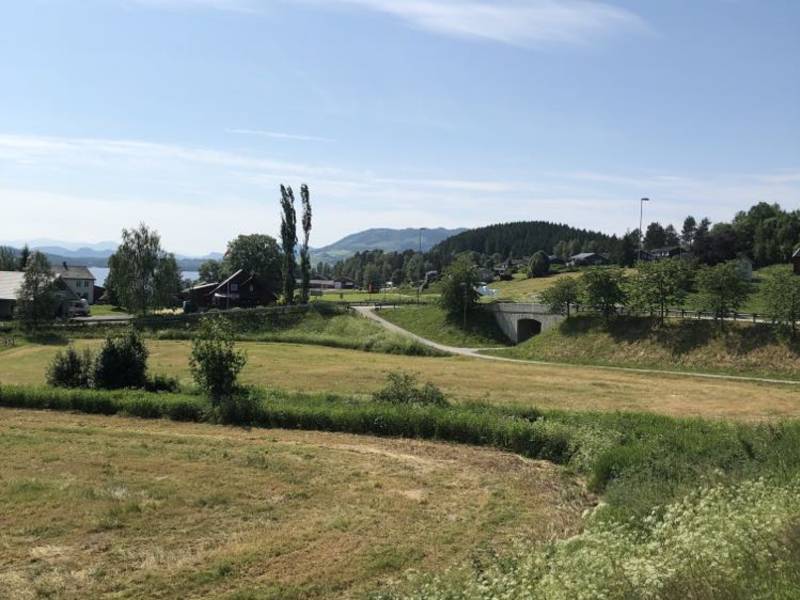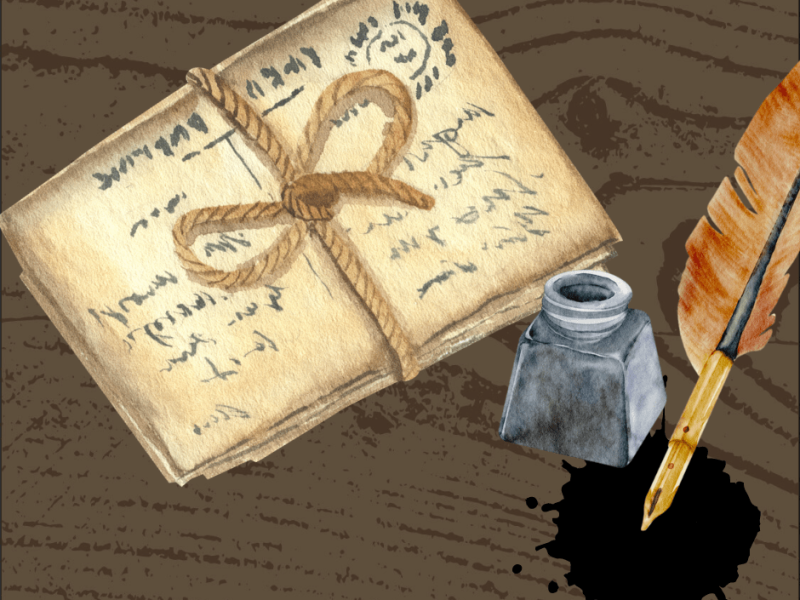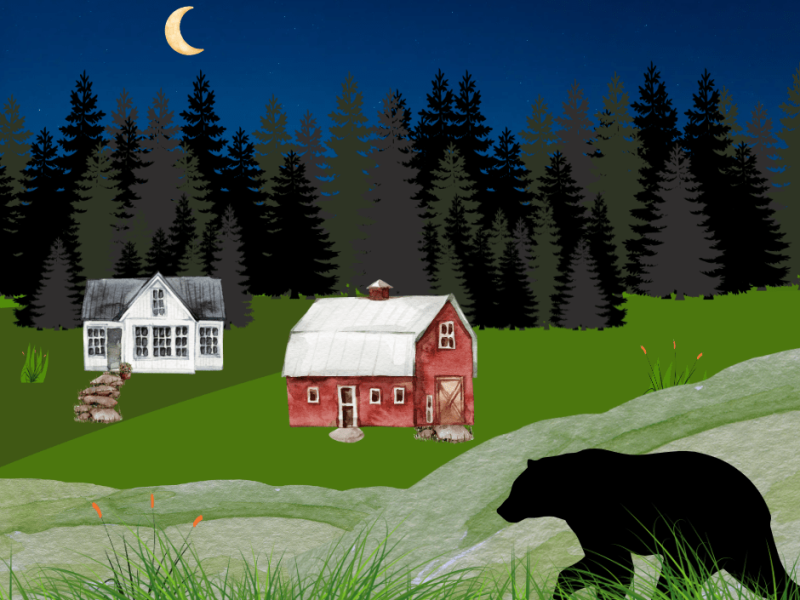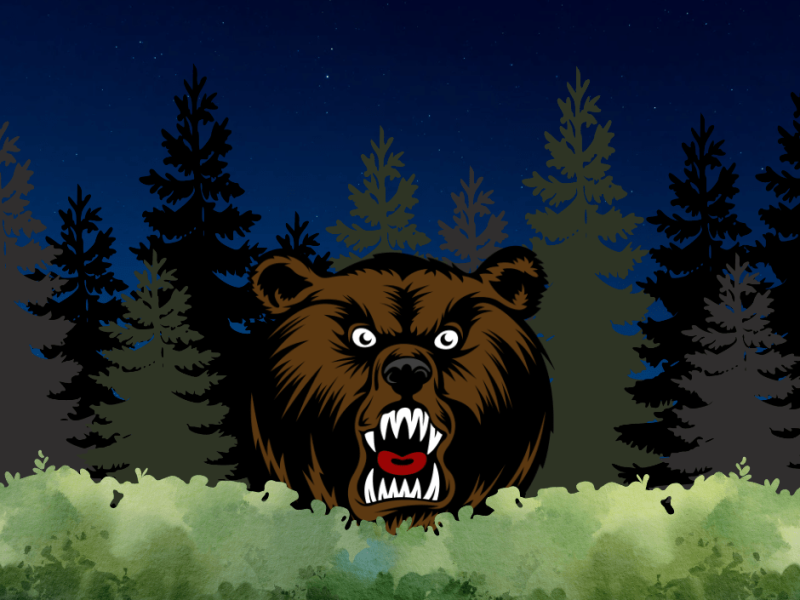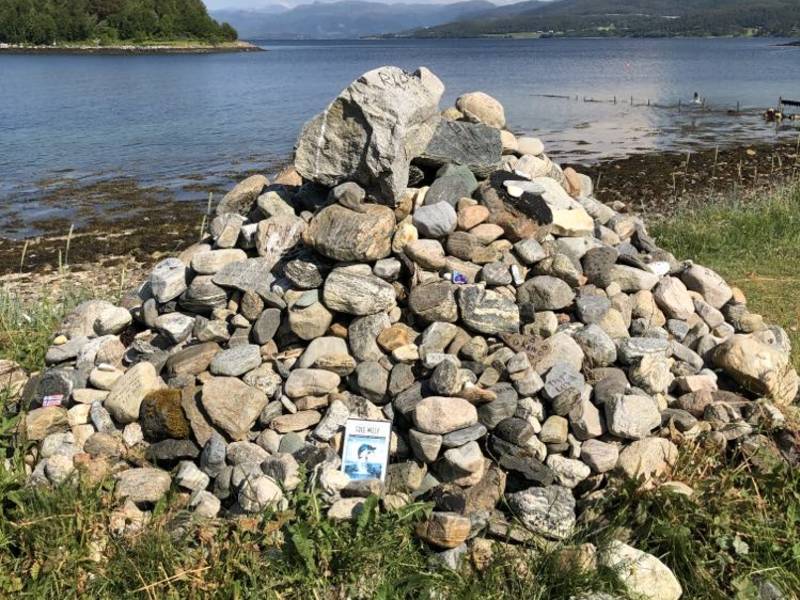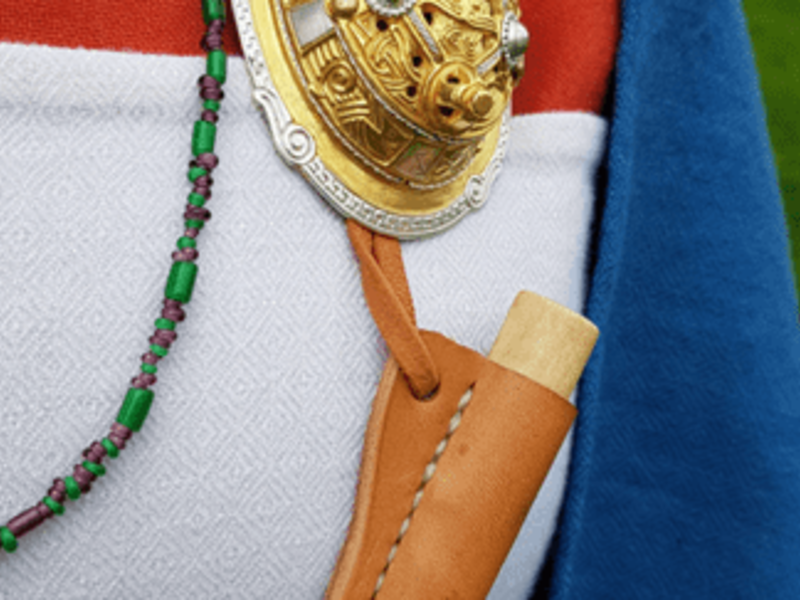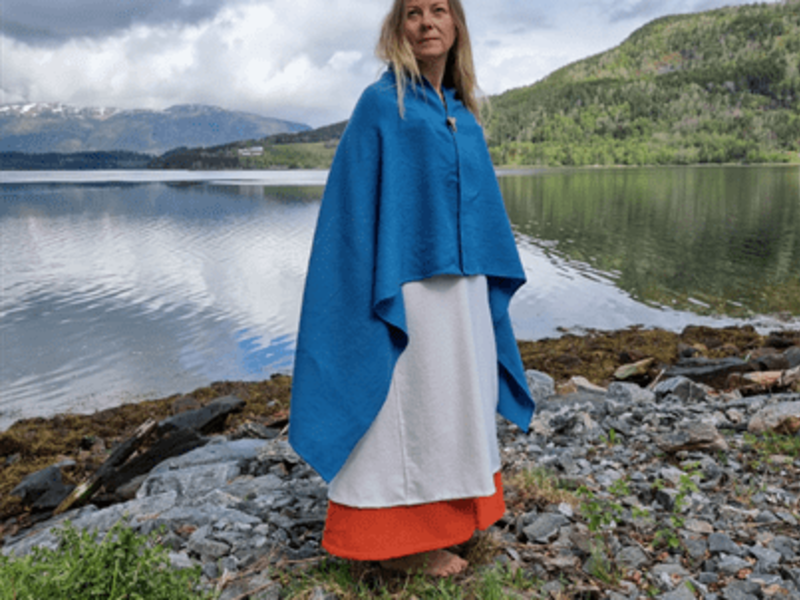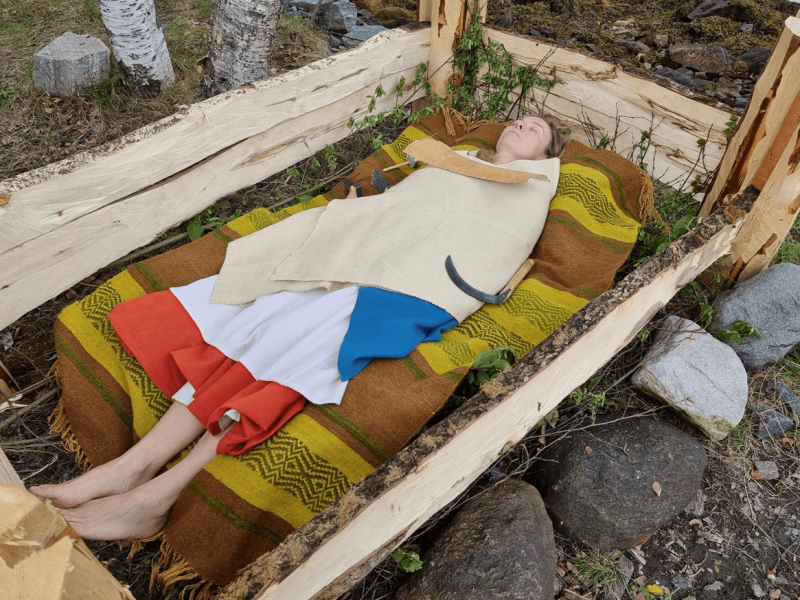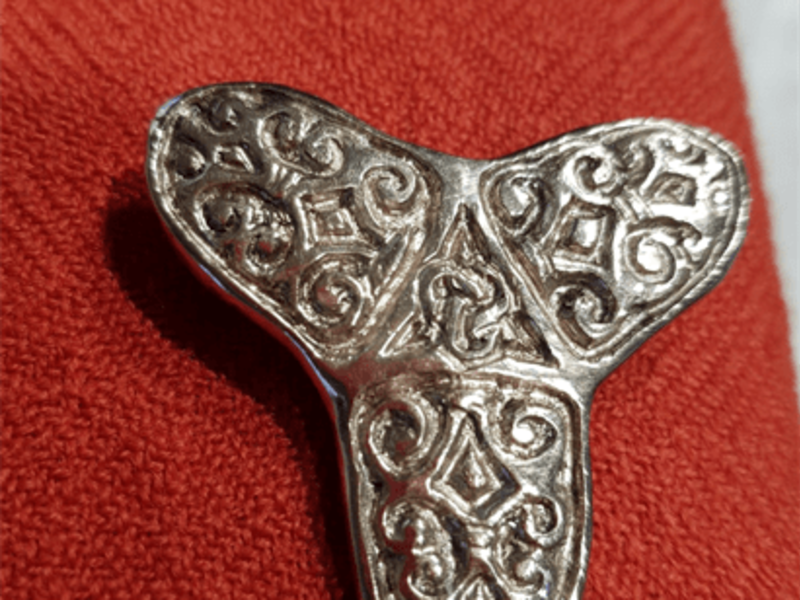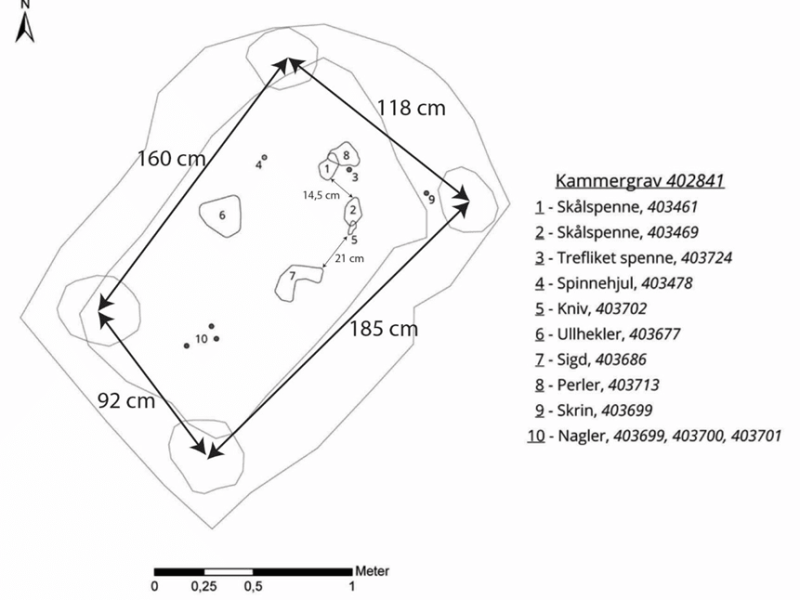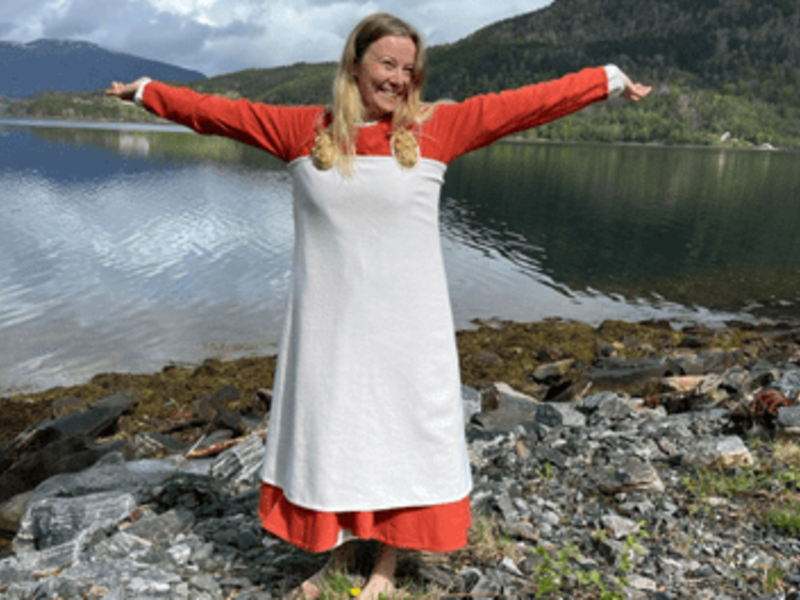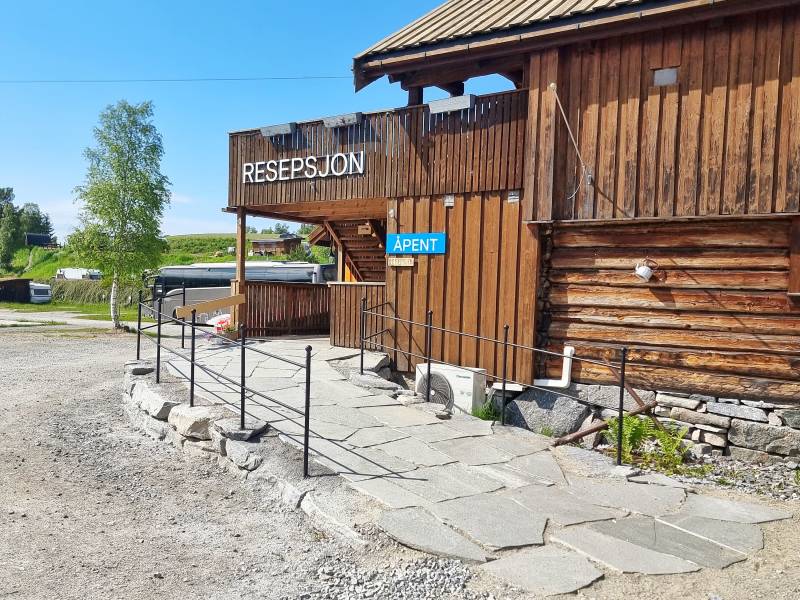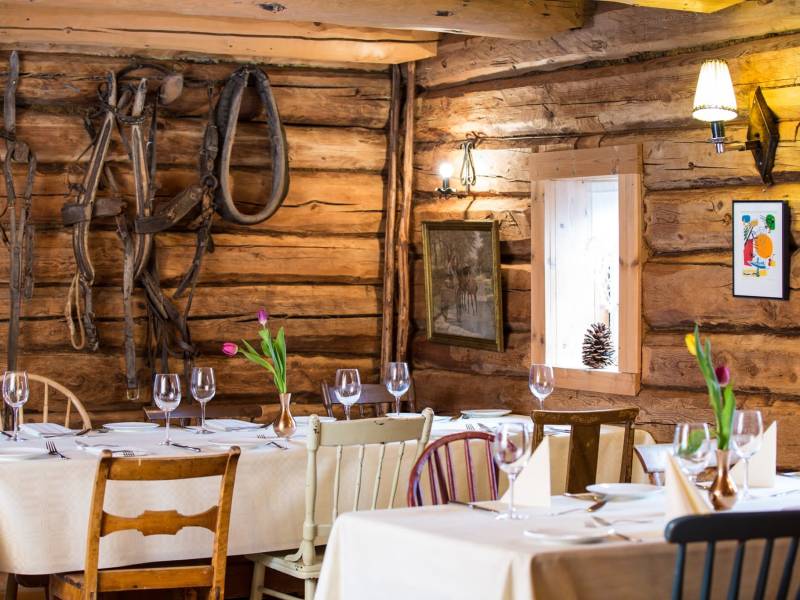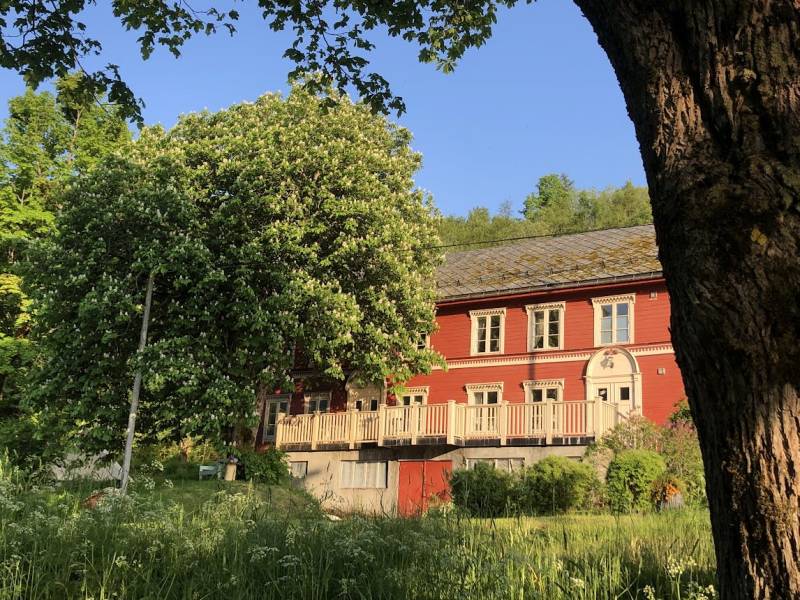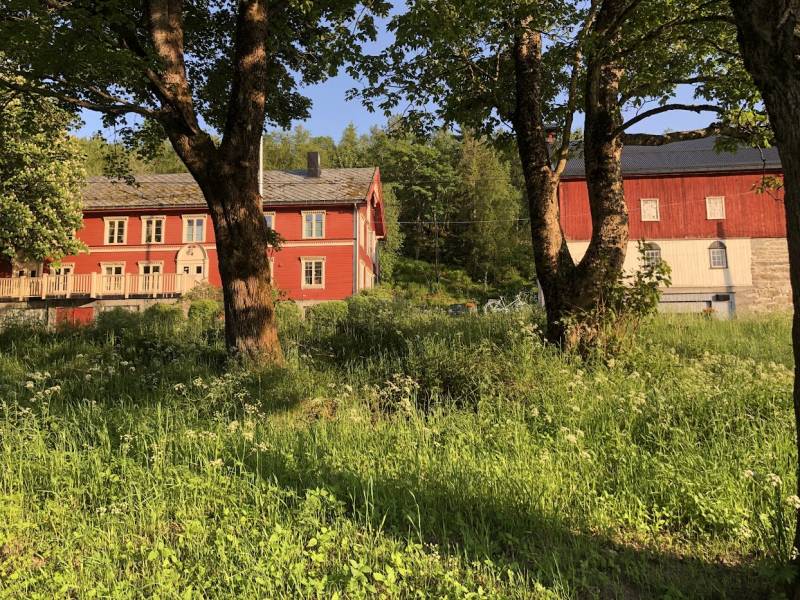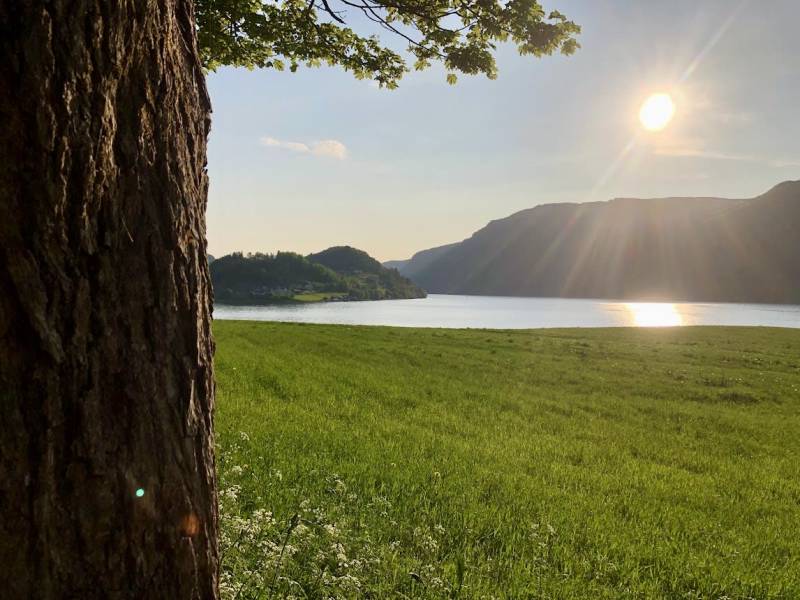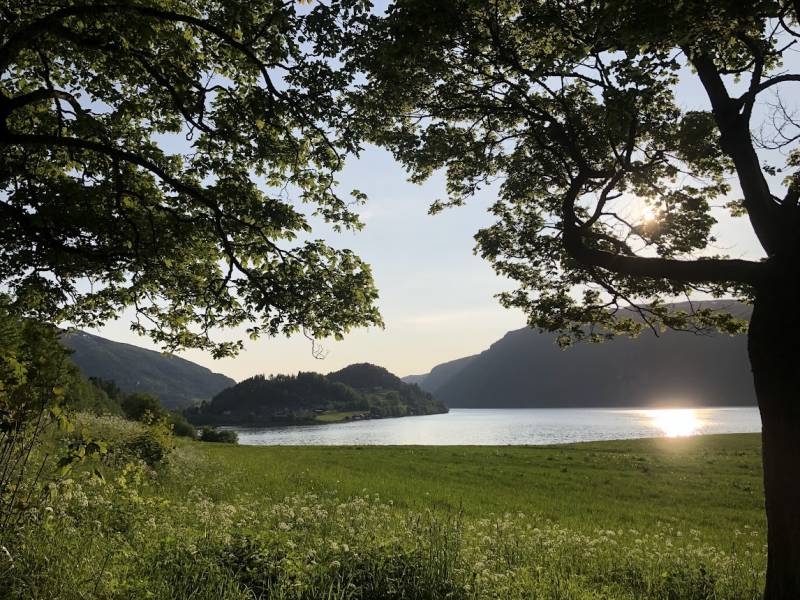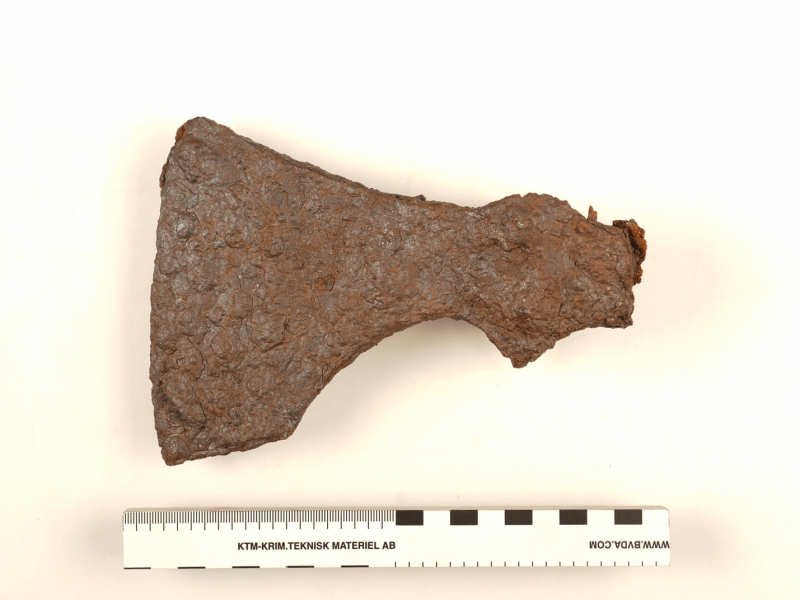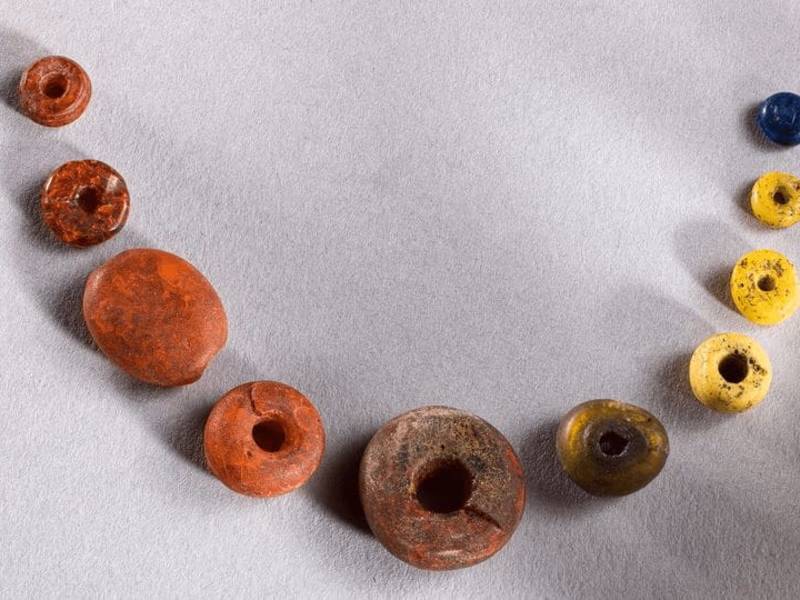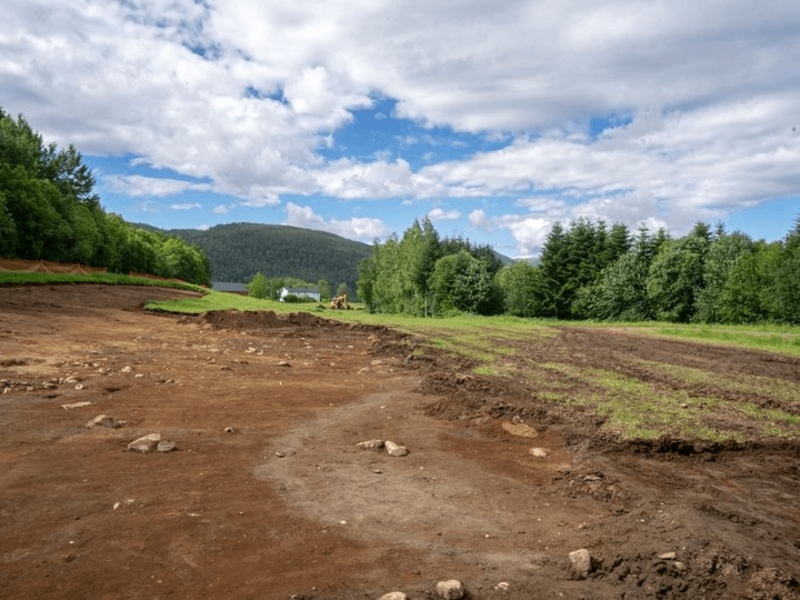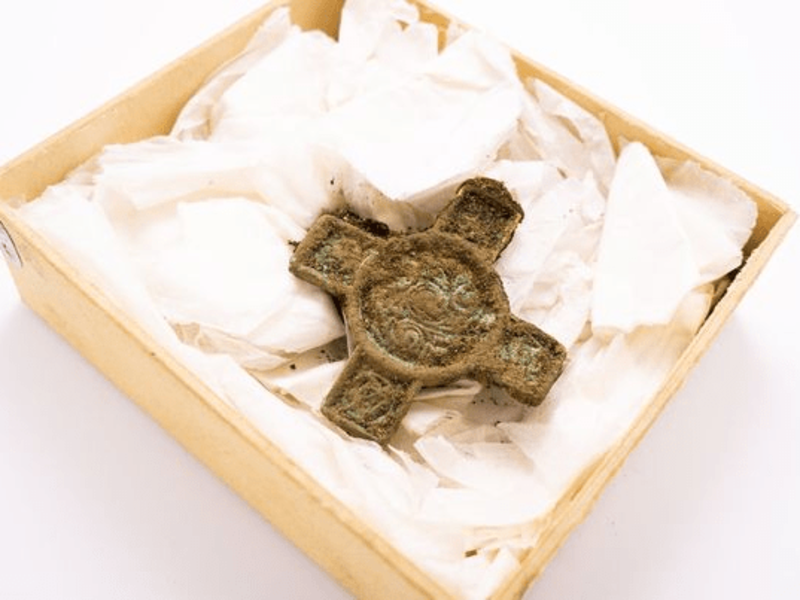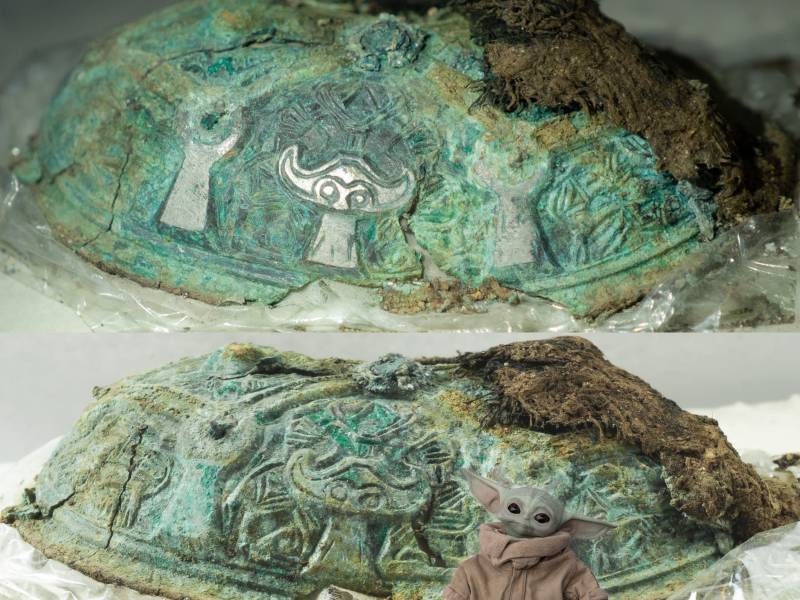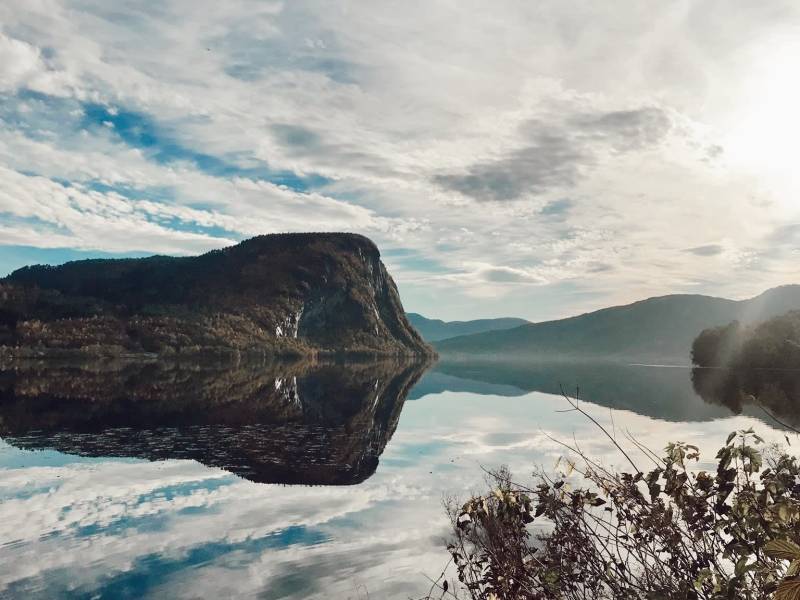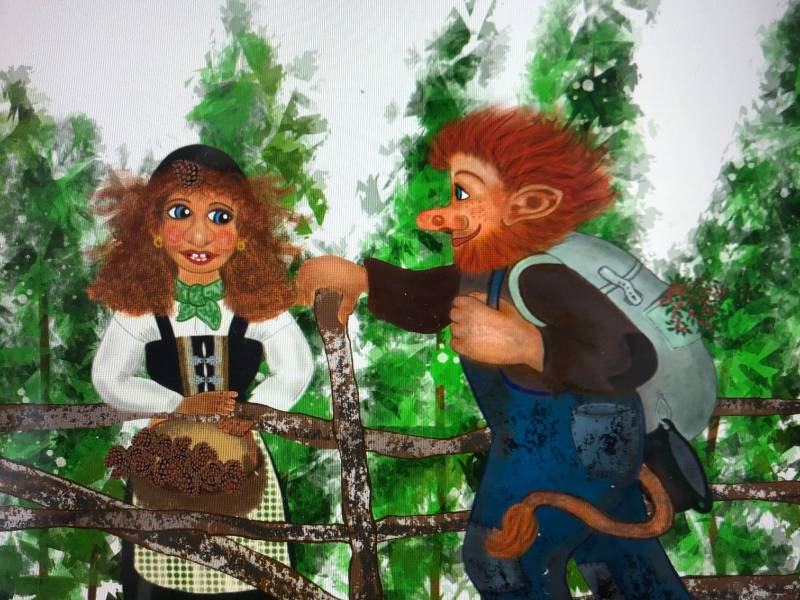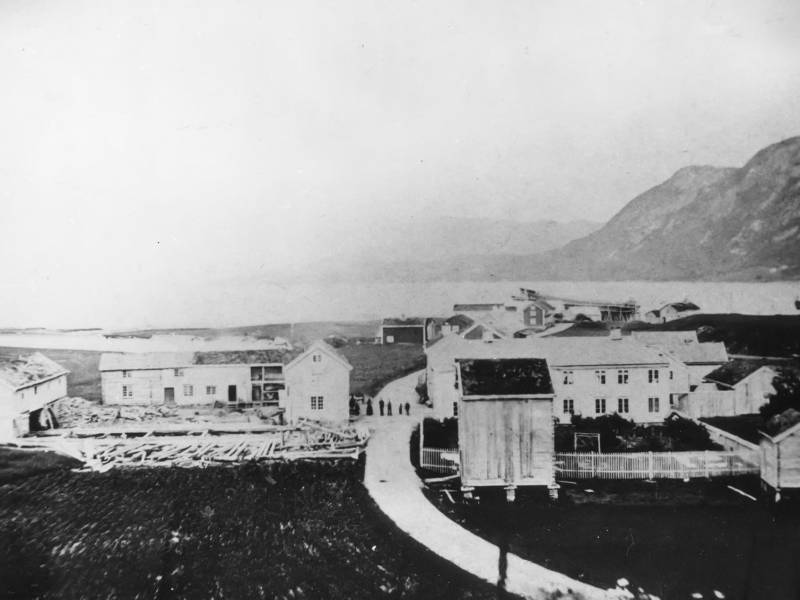The Chieftain`s seat at Skeiet
Here at Skeiet in Vinjeøra, there has been settlement for many centuries. Several longhouses have stood by the farm, and people and animals have lived side by side here since the Merovingian period. Two so-called 'dead houses' were located here, a unique form of burial. The houses of the deceased were attended to and cared for by the living. They visited the dead; they danced, drank, and indulged themselves here.
With a view overlooking Vinjefjorden, fertile land, and control over the incoming and outgoing boats, Skeiet has been a prosperous community with strong connections along the coastline, towards Ireland and Northern Europe.
Boat burials were symbols of greatness, honour, and the resting place of important men or women. In the 8th century, a man was buried here, possibly a great chieftain. He found his final resting place in a boat burial. The grave lay across the fjord, with a large oval mound above it. The man was accompanied by ample grave goods, including a nine-meter-long boat to carry him on the journey to Valhalla. He was equipped with food, weapons, and a horse. Each item held significance and was vital for the passage to the realm of the dead.
Around 100 years later, a new boat burial was placed right above the old one. The knowledge of the old boat grave, its location, and who lay there likely passed down through generations. The new boat grave was that of a woman. Alongside the boat, she was bestowed with magnificent gifts in the form of textiles, textile tools like a whalebone weaving sword, metal jewellery, and pearls. An impressive necklace made from fittings of horse equipment. These fittings originated from Ireland and dated back to the 8th century. It might have been an heirloom.
Audio guides available in:Norsk bokmål, English (British)


